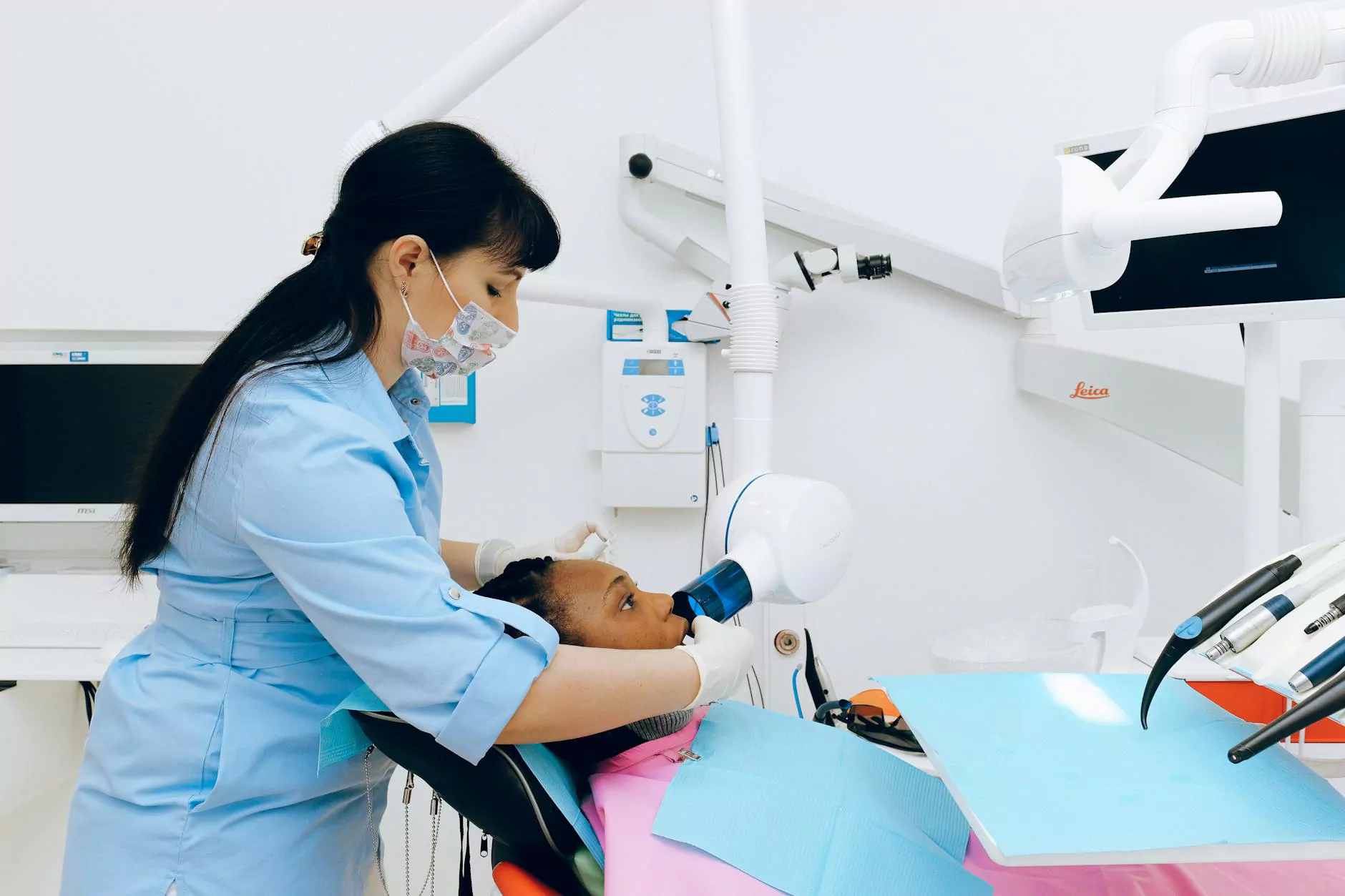The Comprehensive Guide to the Risks Associated with Hysterectomy

Hysterectomy is a major surgical procedure that involves the removal of a woman’s uterus. As with any surgical operation, hysterectomy comes with a range of risks associated with hysterectomy that patients need to be aware of before they undergo the procedure. This article delves into the intricacies of these risks and provides essential information for patients considering this surgery.
What is a Hysterectomy?
A hysterectomy may be performed for various medical reasons, including, but not limited to:
- Uterine fibroids
- Endometriosis
- Uterine prolapse
- Abnormal uterine bleeding
- Cancer of the uterus, cervix, or ovaries
The procedure can be total (removal of the entire uterus) or partial (removal of the upper part of the uterus). Other reproductive organs such as the cervix, ovaries, and fallopian tubes may also be removed, depending on the specific circumstances.
Understanding the Risks Associated with Hysterectomy
Risks associated with hysterectomy can be categorized into immediate risks and long-term risks. It’s crucial for patients to consult with their healthcare providers to understand their unique situation.
Immediate Risks
Immediate risks typically occur shortly after the surgery. These can involve:
- Infection: Post-operative infections can occur in the surgical site, which may lead to complications requiring further treatment.
- Bleeding: Excessive bleeding during or after the operation is a potential risk that can sometimes necessitate a transfusion.
- Blood Clots: Patients are at risk for developing blood clots in the legs, known as deep vein thrombosis (DVT), which can travel to the lungs (pulmonary embolism).
- Damage to Surrounding Organs: Surgery may inadvertently damage nearby organs such as the bladder or intestines.
Long-term Risks
Long-term risks may not be immediately apparent, and can affect a woman’s quality of life. They include:
- Hormonal Changes: If the ovaries are removed along with the uterus, women may experience menopause abruptly, leading to symptoms such as hot flashes, night sweats, and emotional changes.
- Sexual Dysfunction: Some women report changes in sexual function, including decreased libido and vaginal dryness.
- Pelvic Organ Prolapse: The support structure of the pelvic organs may weaken after hysterectomy, potentially leading to prolapse.
- Psychological Impact: The emotional ramifications of losing the ability to conceive can lead to feelings of loss and depression.
Factors Influencing Risks
Various factors influence the risks associated with hysterectomy:
- Age: Older women may face higher risks due to potential comorbidities.
- Overall Health: Women with existing health issues (such as obesity, diabetes, or heart disease) may have a higher risk of complications.
- Type of Hysterectomy: An abdominal hysterectomy generally has a higher risk for certain complications compared to a vaginal hysterectomy.
- Surgeon’s Experience: The skill and experience of the operating surgeon play a vital role in minimizing risks.
Mitigating Risks
Before undergoing a hysterectomy, it is essential to discuss ways to mitigate potential risks:
- Preoperative Assessments: Comprehensive health evaluations can identify existing conditions that need to be managed before surgery.
- Choose a Skilled Surgeon: Opt for a gynecologist with extensive experience and a good track record in performing hysterectomies.
- Follow Post-operative Instructions: Adhering to the care guidelines given by your healthcare provider can promote faster recovery and decrease complication risks.
- Discuss Alternatives: In some cases, less invasive procedures may be viable options to alleviate symptoms while avoiding surgery altogether.
Preparing for a Hysterectomy
Preparation is key for a successful hysterectomy. Here are several steps to consider:
- Gather Information: Understand the procedure, its risks, and what to expect during recovery.
- Talk to Your Doctor: Discuss your concerns and ask any questions regarding the operation.
- Plan for Recovery: Arrange for assistance at home post-surgery, as you may need help with daily activities.
Conclusion
While hysterectomy can provide relief from numerous gynecological conditions, it is essential to be adequately informed about the risks associated with hysterectomy. Understanding both immediate and long-term risks, and actively participating in the decision-making process regarding treatment options, empowers women to make choices that are best for their health and well-being. Always consult with healthcare professionals and consider seeking a second opinion if you are uncertain about the necessity of a hysterectomy or if you have questions regarding the risks involved.
For more information on health, procedures, and the expertise offered by top gynecologists, visit drseckin.com.









